Johnson & Johnson is an American multinational pharmaceutical and consumer healthcare corporation that has been operating their business for over 130 years. From medical devices to pharmaceuticals, and consumer healthcare products manufacturer Johnson & Johnson is best known worldwide for Baby Products, Band-Aid, Tylenol, Neutrogena Skin & Body Products, and Acuvue Contact Lense. Currently, based on market cap, Johnson & Johnson is ranked 10th globally with a market capitalization of around $450 billion. In addition, in terms of revenue, Johnson & Johnson is ranked 37th in the Fortune 500 list of 2022 with $93.78 billion in revenue. Currently, the company has about 142 thousand employees working in 60 countries around the world. Johnson & Johnson, which has been successfully doing business in the pharmaceutical, health care, and consumer care industry for more than a hundred years, is currently facing about 38 thousand lawsuits in various US courts due to the company’s unethical business practices. In such a situation, in November 2021, the company was split and announced to operate as two separate organizations.
History
Robert Wood Johnson, the founder of Johnson & Johnson, was born on February 15, 1845, in Crystal Lake, USA. Robert was the eighth of 11 children born to their father Sylvester Johnson and mother Lousia Wood Johnson. Gifted from an early age, Robert attended first country school, and then public school in Carbondale, before entering Wyoming Seminary in Kingston at the age of 14. But, after studying there for three years, when the Civil War started in America, Robert could no longer continue his studies. On the other hand, Robert’s two older brothers, Charles and William, joined the Union Army. When Robert was just 16 years old, he joined his mother’s cousin James G. Joined Wood’s Pharmacy as an apprentice. From there, Robert became a retail pharmacist and later a drug broker in New York City.
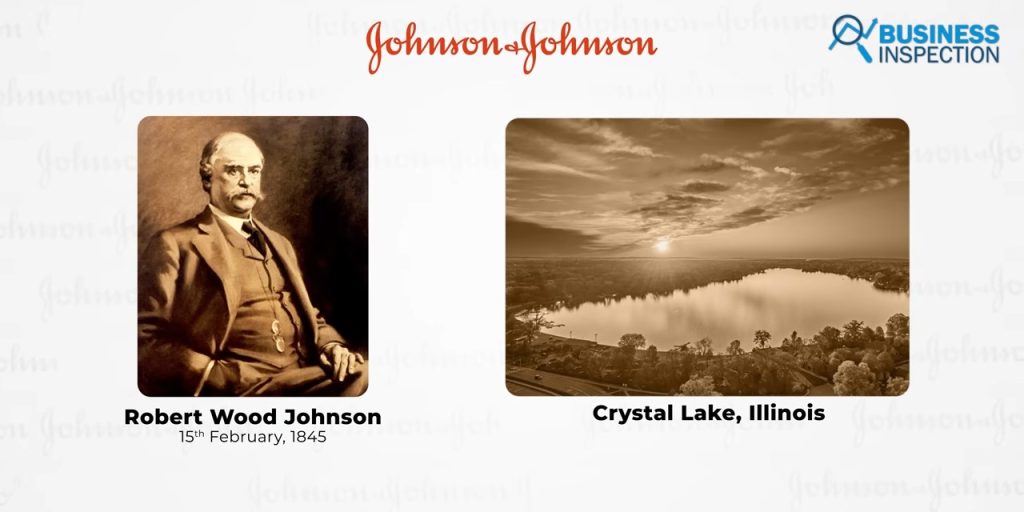
In 1873, when Robert Wood Johnson was 28, he founded a company with George Seabury called Seabury & Johnson for the medical product business. Robert participated in the Centennial Exhibition held in Philadelphia, Pennsylvania in 1876 to represent his company. There, he learned from the lecture of Sir Joseph Lister, a popular English surgeon in the medical and healthcare sector at that time, that the survival rate of surgery patients decreased because the operation theaters were not kept sterile, and plans to reduce the mortality of surgery patients by mass production of sterile surgical dressings and sterile sutures.
In 1885, Robert left his partnership with George Seabury and began planning a new business idea with the brothers. The following year in 1886, he founded Johnson & Johnson with his two older brothers, James Wood Johnson and Edward Mead Johnson. In January of that year, the company started its journey by manufacturing sterile surgical products such as sutures, absorbent cotton, and gauze with only 14 employees including 8 women and 6 men in a four-story old factory in New Brunswick, New Jersey. Besides, in the following year the company started distributing German-made digestive medicine Papoid Digestive Tablets besides producing Medicated Mustard Plaster, and Linton Artificial Sponges.
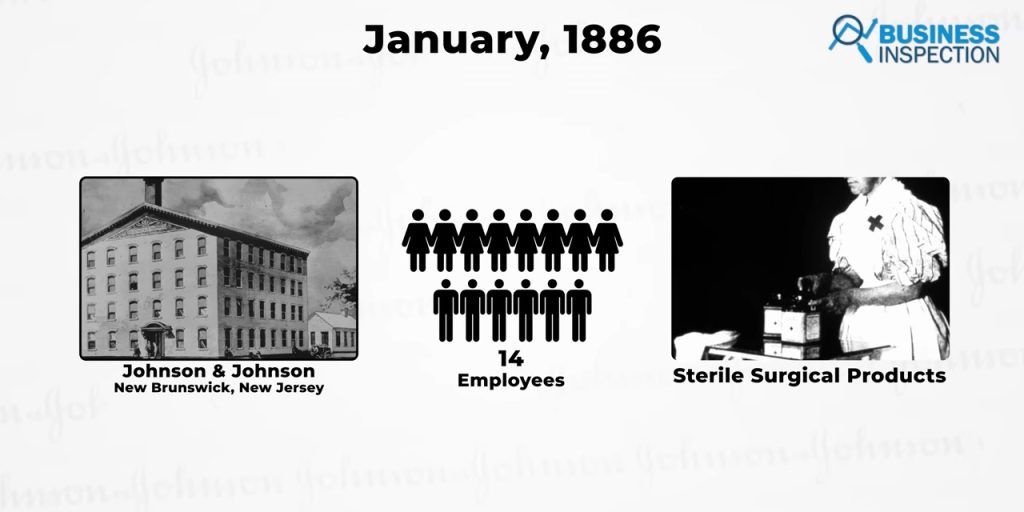
New Era in Surgery
In 1888, the company published a guideline called Modern Methods of Antiseptic Wound Treatment to increase the awareness of doctors about antiseptic surgery of that time, of which 85 thousand copies were distributed among doctors and pharmacists in just one month. Also, at that time Johnson & Johnson launched their commercial first aid kit for first aid for minor and major injuries of railway construction workers. In 1889, the company introduced its first consumer and oral care product, Zonweiss Tooth Cream.
In addition, Robert Wood Johnson hired pharmacist Fred Kilmer as Johnson & Johnson’s scientific director that year. Fred Kilmer originally ran a popular pharmacy called The Opera House Pharmacy in New Brunswick where the famous scientist Thomas Alva Edison, the inventor of the electric light, often visited to buy his necessary supplies. After joining the company, Fred Kilmer introduced industrial steam sterilization in 1890 to further speed up the sterilization process. Beginning in 1891, the company launched the Sulphur Fumigator, a consumer health product, along with surgical supplies, which was used to eliminate germs in the home.
Johnson & Johnson won a Certificate of Excellence for Innovation in the Healthcare Sector at the 1893 World’s Fair in Chicago. Meanwhile, by 1894, as the demand increased, the number of factories of the company increased to 14 and the number of employees reached 400 people. At that time the company could produce 4,000 pounds of cotton and 15,000 pounds of plaster per day, as well as 35,000 yards of gauze annually. In 1894, the company introduced a baby product line with the launch of Johnson’s Baby Powder and introduced the first-ever Maternity Kit which included all the surgical products required for childbirth such as umbilical tape, antiseptic soap, sterile dressings, and sanitary napkins along with easy-to-follow instruction guide. Meanwhile, in 1897, Johnson & Johnson introduced the world’s first disposable sanitary napkin. In 1898, the company also started manufacturing dental floss.
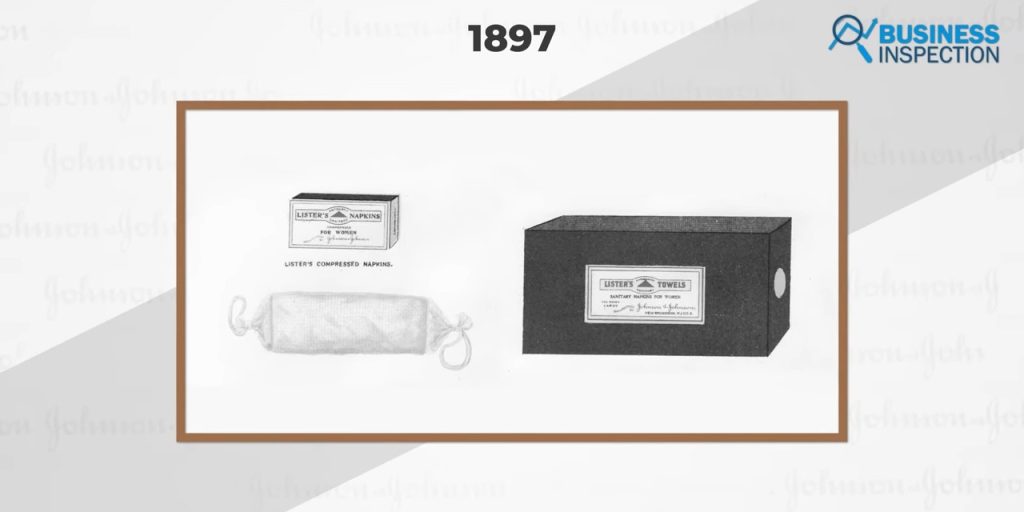
Kilmer launched a public health campaign in 1901 to increase consumer reach for new products. The same year the company introduced Synol Soap for surgical instrument disinfection as well as regular use. Also, Johnson & Johnson launched several new products in the first decade of the 20th century, including the Clinical Thermometer, Hypodermic Needle, Lister’s Sanitary Diapers, Metallic Splint, and Litmus Paper. Besides, Johnson & Johnson built the All Electric Power House in 1908 to supply electricity to the company’s machinery. After World War I broke out in 1914, Johnson & Johnson bought the Chicopee Manufacturing Company in 1916 in response to the military’s increased dependence on its sterile products.
When the Influenza Flu Pandemic started after the war ended in 1918, Johnson & Johnson introduced the epidemic mask in 1919 to prevent the spread of flu germs. Johnson & Johnson also began their global expansion that year and established their first international affiliate in Canada. In 1921, the company officially introduced the world’s first BAND-AID to the US market, and Baby Cream is the company’s baby product lineup. In 1924 the company expanded their business in Europe by establishing affiliates in the U.K. In 1927, the company introduced the MODESS Sanitary Napkin for women through consumer surveys, which was a groundbreaking product for that time.
During the Great Depression in the 1930s, Johnson & Johnson continued their global expansion into Mexico, South Africa, Australia, and Europe. In 1934, the company established its first large-scale manufacturing plant outside of New Brunswick in Chicago, and in 1935 introduced CHUX Disposable Diapers as well as Baby Oil for babies. In 1941, Johnson & Johnson invented LUMITE Plastic Screen Cloth to protect soldiers from insect-borne diseases in the South Pacific during World War II. In addition, when the demand for antibiotics increased during the war, Johnson & Johnson also started mass production of Penicillin in 1942. After World War II, the company was listed on the New York Stock Exchange in 1944 and introduced Baby Lotion to its baby product lineup that year. In the 1950s the company continued expanding its business and introducing new products as well. Among these, Johnson & Johnson First Aid Cream in 1956, and business expansion in the Philippines, business expansion in India in 1957 was significant.
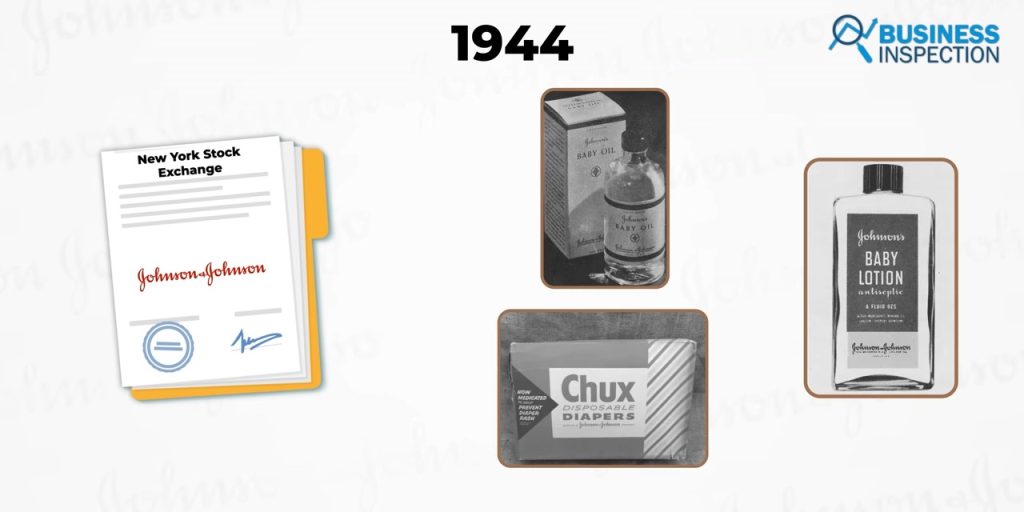
Going Big on Pharmaceuticals & Medical Devices
In the following decades, Johnson & Johnson also began to focus on pharmaceutical medicine production. As part of this, in 1959 the company acquired two research laboratories namely Cilag Chemie of Switzerland and McNeil Laboratories of America. With the McNeil acquisition, Johnson & Johnson’s product portfolio includes the globally popular TYLENOL brand, which is essentially a paracetamol brand. Meanwhile, Johnson & Johnson also acquired Belgium-based pharmaceutical company Janssen Pharmaceutica in 1961, and renowned medical and surgical instrument company Codman & Shurtleff in 1965. Also, as part of new technology development for the healthcare industry, in 1964 the company introduced a new line of Hypodermic Needles & Syringes under the JELCO brand and in 1969, SICKLEDEX Tube Test under Ortho Diagnostics to detect Sickle Cell Anemia. In the same year, the company’s Arterial Graft received approval from the US Food & Drug Administration, and BAND-AID Brand Adhesive Bandages were used as module medical kits on Earth’s first lunar mission.
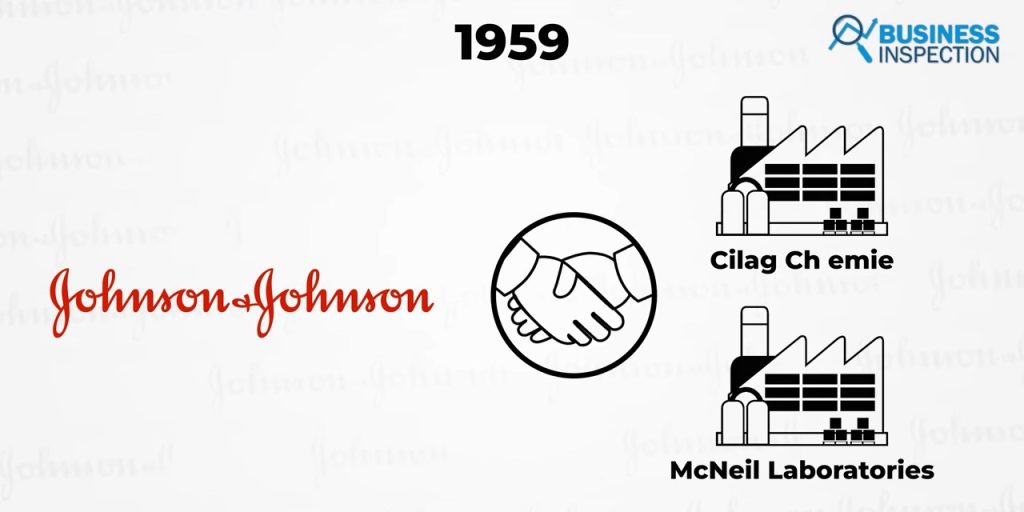
In the 1970s, Johnson & Johnson continued to innovate in the healthcare sector and in 1971, for the first time, they developed testing systems to test for various infectious diseases such as hepatitis A, B, and C. That year, Johnson & Johnson introduced the Stayfree Mini & Maxi Pads for women, which could be used without any belts, hooks, or special garments, and with this product, the company later began manufacturing a variety of feminine hygiene products. In 1973, the company launched the HEMAC 630L Multiple Blood Testing Device, which could provide multiple blood-related test results in just 60 seconds. In 1978, Johnson & Johnson’s new headquarters was relocated to the core of New Brunswick. In the same year, the company introduced the MEDITEMP Thermometer as an alternative to the Mercury thermometer, and this new thermometer could measure body temperature more accurately in just 30 seconds. In addition, in the same year, the company’s subsidiary Ethicon, Inc. introduced the “PROXIMATE Disposable Skin Stapler” to close body wounds in at least ten times less time than the traditional suture.
In 1981, Technicare, a subsidiary of Johnson & Johnson, launched a new device called Nuclear Magnetic Resonance (NMR) that could provide sharp and precise imaging of a patient’s internal anatomy without exposure to X-rays. In 1984, the company launched the ADVANCE Home Pregnancy Test, which at that time could give about 99 percent accurate results. In 1985, Johnson & Johnson expanded their business to Egypt and China. In addition, the same year the company introduced OVUTIME Ovulation Test for women to private ovulation tests at their homes. In 1987, the company launched ACUVUE, the world’s first disposable contact lens that could be thrown away after one week, which was a breakthrough product for the pharmaceutical and medical industry at the time.
In the same year, Johnson & Johnson’s subsidiary LifeScan, aimed at improving the quality of life of diabetic patients and launched OneTouch Blood Glucose Monitoring System which could complete blood sugar level tests in just one minute with just one touch. Johnson & Johnson established the “International Academic Research Support Program” or IARS in 1988 to foster scientific and technical relationships with all of the company’s affiliates, local universities, and research institutes. In addition, ORTHO HCV Test was introduced in the company’s medical devices segment in 1989 to test for hepatitis C.
In the 1990s, Johnson & Johnson continued its global expansion, business acquisitions, new product development, and launches. During that decade the company acquired popular skincare brands CLEAN & CLEAR, RoC, NEUTROGENA, AVEENO, and orthopedics company DePuy which invented the world’s first hip and knee replacement implants. In addition, the world’s first automatic non-invasive blood pressure monitor Dinamap, PALMAZ-SCHATZ Balloon-Expandable Stent for the treatment of heart disease, and NICOTROL Nicotine Patch for chain smokers were also invented by Johnson & Johnson in the same decade.
Moreover, the company launched CHEMET as a remedy for lead poisoning in children, a progestin birth control pill, “ORTHO-CYCLEN & ORTHO TRI-CYCLEN ” for women, and disposable contact lens 1-DAY ACUVUE. On the other hand, Johnson & Johnson introduced the STERRAD Sterilization System for sterilizing basic medical equipment, and LEUSTATIN injection as a treatment for Hairy Cell Leukemia cancer affecting the blood and bone marrow in the same decade. Even so, the company expanded its business to Hungary, Eastern Europe, and Israel during that decade.
Present
At the very beginning of the 20th century, when the world began to regard biotech as the future of medical science, Johnson & Johnson acquired the American biotechnology company Centocor in 1999 as part of a strategic acquisition. In 2006, Johnson & Johnson acquired the consumer healthcare business of Pfizer, a world-renowned pharmaceutical company. As a result, several iconic products of the company such as LISTERINE, BENGAY, and NEOSPORIN, came under Johnson & Johnson’s umbrella. In 2009, the company launched the CARTO 3 System, a three-dimensional imaging technology for heart disease diagnosis. The same year the company acquired the Human Performance Institute, along with HealthMedia, a health coach business.

In 2011, the company acquired Crucell, a company specializing in vaccine and antibody manufacturing, and launched NEOSPORIN ESSENTIALS Kit for the treatment of eczema. In 2012 Johnson & Johnson acquired the Swiss company Synthes, a pioneer in orthopedic medical device manufacturing, and merged it with DePuy to form DePuy Synthes. In 2013, the company established four innovation centers in Boston in Massachusetts, Menlo Park in California, London in England, and Shanghai in China. In the same year, Verb Surgical was established through a collaboration between Johnson & Johnson’s concern Ethicon and Google Life Sciences. This new company is working to improve the future of surgery by leveraging machine learning, robotic surgery, advanced visualization, and data analytics through partnerships with physicians worldwide.
In 2016, Johnson & Johnson acquired Vogue International LLC and NeoStrata for its personal care segment. Moreover, in the same year, the company established its first JLABS facility in Canada. JLABS is essentially a shared lab and office facility where entrepreneurs have access to modular labs as well as an opportunity to work with a variety of scientific, industry, and capital funding experts. In 2017, Johnson & Johnson also established the Center for Device Innovation at Texas Medical Center as an innovation hub for medical devices in Texas, as well as the Johnson & Johnson Institute.
In the same year, the company acquired Abbott Medical Optics to further expand its vision care business, through which their cataract surgery, laser refractive surgery, and consumer eye health sections also came under Johnson & Johnson’s umbrella. Meanwhile, in October 2019, the US Food and Drug Administration, after a year-long research on talc-containing cosmetic products, found asbestos in several other products that could increase the risk of ovarian cancer in humans. Based on these findings, the FDA ordered several other manufacturers, including Johnson & Johnson, to recall products containing asbestos from the market. As a result, Johnson & Johnson recalled a single batch of their baby powder in October of that year.
Later, in April 2020, Johnson & Johnson announced it would no longer sell its talc-based baby powder in the US and Canada after a class-action lawsuit was filed against the company. Johnson & Johnson announced in November 2021 that it would separate its consumer products and pharmaceutical businesses and run them as two separate publicly traded companies. While the pharmaceutical and medical device section will be named Johnson & Johnson, the name of the new consumer business section has yet to be decided. As of July 2022, the number of class-action lawsuits against Johnson & Johnson reached 38,000, costing the company $4 billion in settlements, verdicts and defenses.

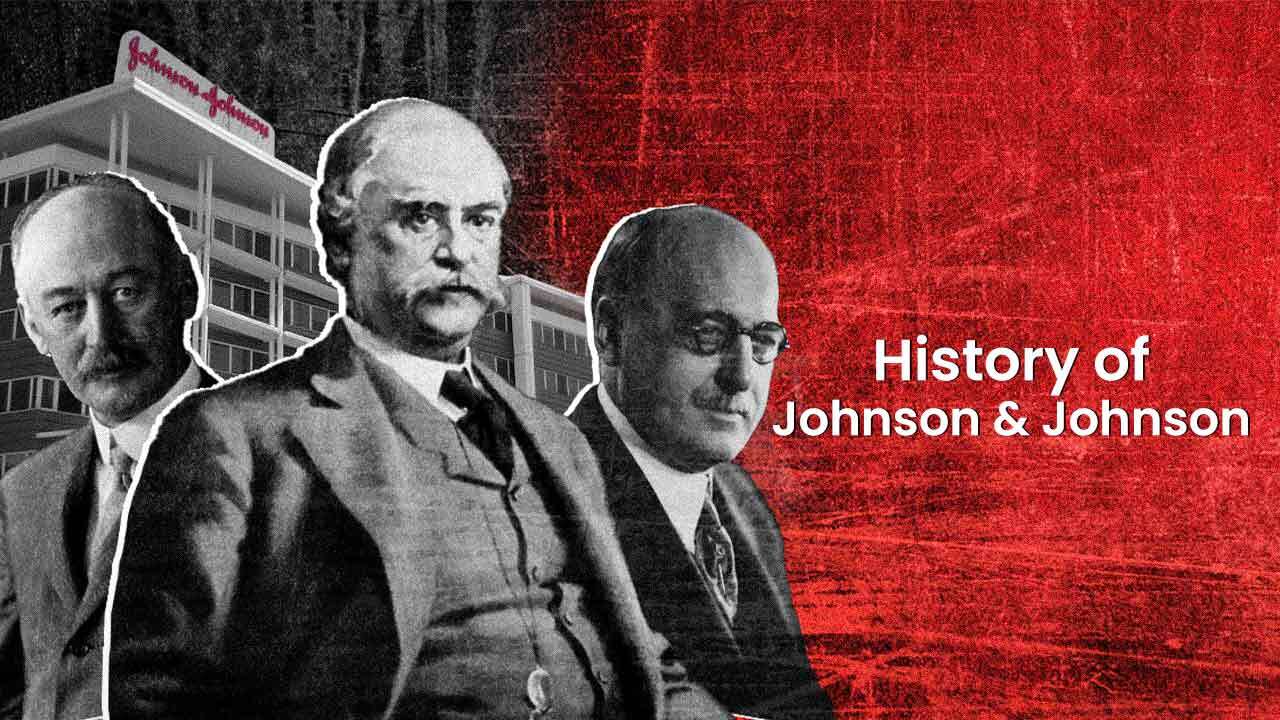
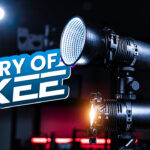


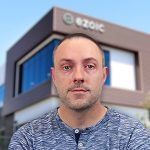




Leave a Comment